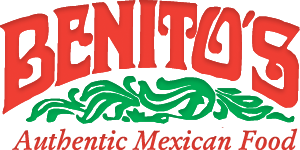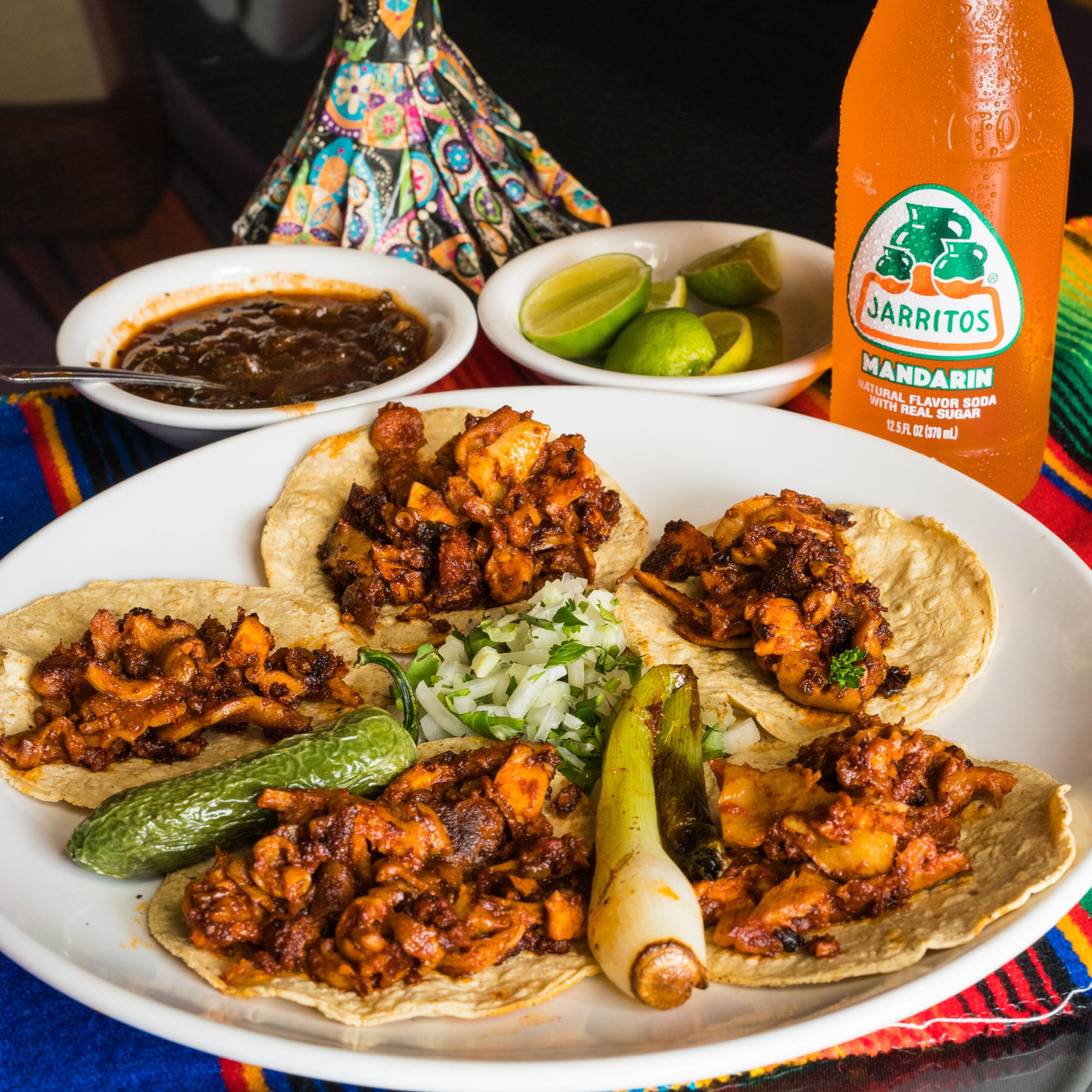From Street Corn to Fine Dining: The Evolution of Mexican Cuisine
Often associated with street food and spicy flavors, Mexican cuisine has evolved over centuries to become a global favorite. Let’s explore the journey of this delicious cuisine, from its humble beginnings to fine dining.
Historical Influences: From Traditional to Spanish
Mexican cuisine dates back to the ancient civilizations of the Aztecs and Mayans, whose diets were based on corn, beans, squash, tomatoes, chilies and chocolate – all ingredients still widely used in Mexican cuisine today.
Spanish Colonialism
European influences began shaping Mexican cuisine with the arrival of Spanish conquistadors in the 16th century. The introduction of livestock like pigs and cows brought about a fusion of indigenous and Spanish ingredients, resulting in dishes like carnitas (slow-cooked pork) and carne asada (grilled beef).
New cooking techniques, such as stewing and frying, were also used, giving rise to dishes like tamales, chiles rellenos and mole sauces.
Ultimately, blending these different culinary traditions gave birth to what we know today as Mexican cuisine.
French Influence
Mexican cuisine underwent another significant transformation during the brief French occupation in the mid-19th century. This period introduced new culinary elements like the use of aromatic herbs such as cilantro and thyme, as well as baking and pastry-making techniques.
These French influences sparked the creation of beloved Mexican staples like pan dulce, sweet bread and bolillos.
Modern Trends: From Traditional to Fine Dining
If you hear “Mexican cuisine,” you may immediately think of street food such as corn, tortas and tamales. Street food vendors known as “taqueros” have served traditional dishes for years, making Mexican street food a cultural staple.
Over the years, this street food culture spread globally, with Mexican restaurants popping up in almost every major city.
International Spread
Mexican restaurants can now be found in nearly every corner of the world, each country imparting its unique flare to the dishes.
For example, Berlin has seen a rise in Mexican food trucks, while Tokyo has embraced fusion restaurants that combine traditional Japanese flavors with Mexican cuisine.
In the United Kingdom, the rise in Latino-American migration has led to the establishment of Mexican restaurants in areas where they previously did not exist, such as London’s Elephant and Castle.
The Future of Mexican Cuisine
As Mexican cuisine grows in popularity, chefs experiment with fusion dishes that blend traditional Mexican flavors with other international tastes.
Fusion Cuisine
For example, Mexican food in the U.S. has been getting more experimental and creative, combining traditional flavors with Korean, Indian and African-American influences.
- The food truck called Blacxican Cocina in Albuquerque, N.M., is a wonderful example of this fusion. It combines Mexican and Soul food, combining flavors from the American South and Mexico.
- Deli-Mex restaurants in Los Angeles and Brooklyn serve kosher tacos with peppery barbecue brisket pastrami, complemented by green salsa.
- Houston has seen the popularity of Indo-Mex or Desi-Tex tacos, which incorporate aloo tikki, sag paneer and curries into their dishes.
These fusion cuisines show the versatility of Mexican cuisine and the diverse cultural influences that have shaped it throughout history.
Recognition & Innovation: UNESCO Status and Modern Dining Trends
In 2010, Mexican cuisine was declared an Intangible Cultural Heritage of Humanity by the United Nations Educational, Scientific and Cultural Organization (UNESCO).
Back then, UNESCO credited the richness of the culinary tradition of Michoacán, a state in west-central Mexico, but their observations apply to all traditional Mexican food.
UNESCO recognizes Mexican cuisine as intricate and rich in symbolism, highlighting its unique ability to reflect community identity, strengthen social connections and foster stronger local, regional and national identities.
Since then, chefs have begun experimenting with molecular gastronomy techniques, using modern equipment and ingredients to create avant-garde dishes that still maintain traditional Mexican cuisine’s roots and flavors.
Today, many Michelin-starred restaurants worldwide serve modern interpretations of classic dishes.
Benito’s: A Culinary Haven for Authentic Mexican Food
While modern trends and fusion dishes continue to gain popularity, nothing beats the taste of authentic Mexican food.
At Benito’s Authentic Mexican Food, we pride ourselves on serving real, homemade Mexican cuisine that stays true to its roots. Our head chef has over 20 years of experience creating traditional dishes from scratch, using fresh ingredients and family recipes.
Check out our menu and indulge in our customer favorites, such as chile rellenos, milanesa and tamale oaxaqueño. We guarantee you’ll be left satisfied with our generous portions.







